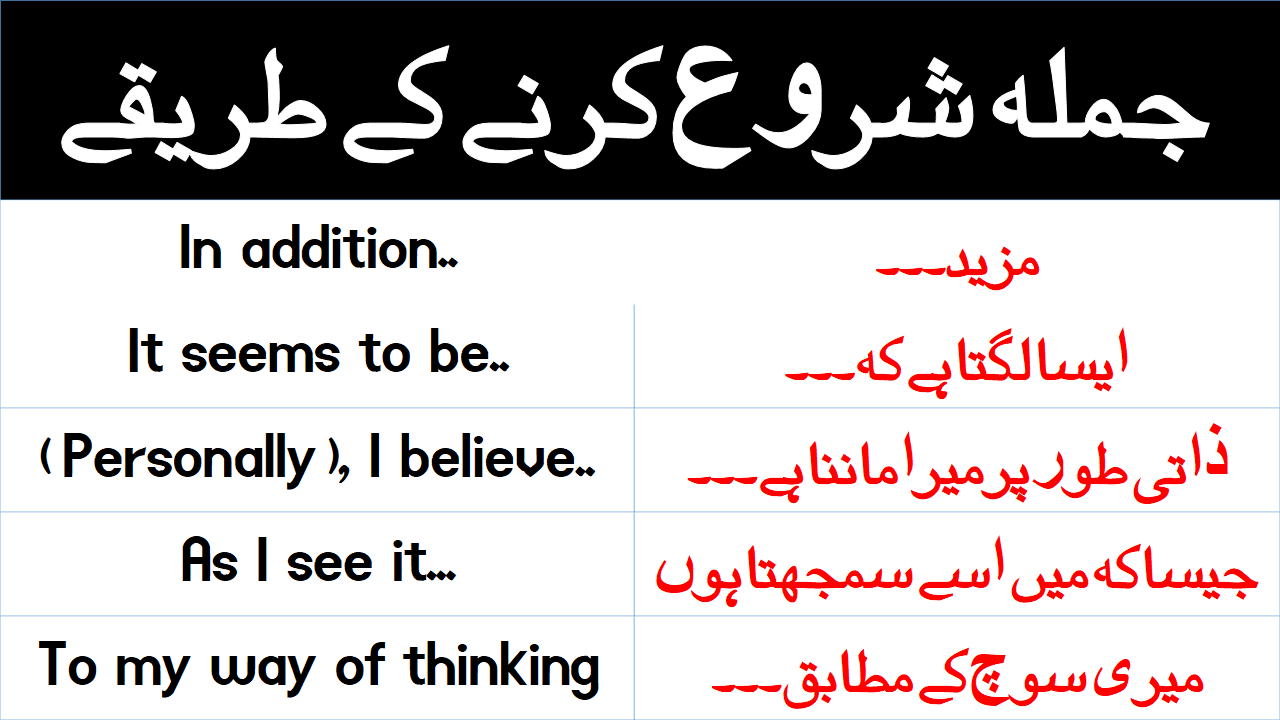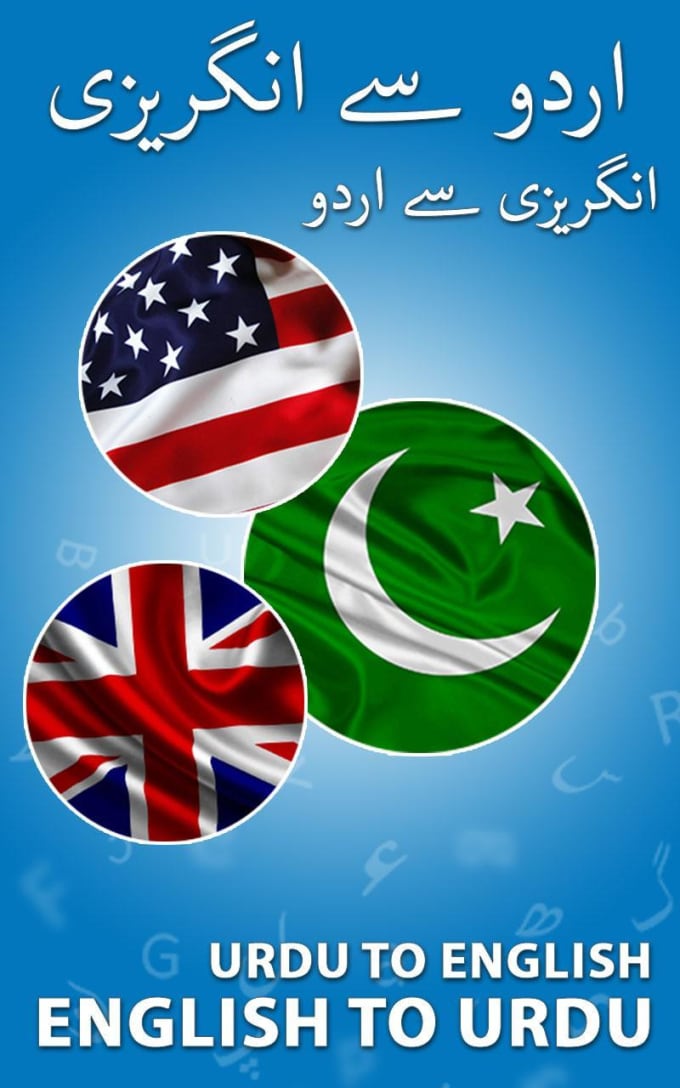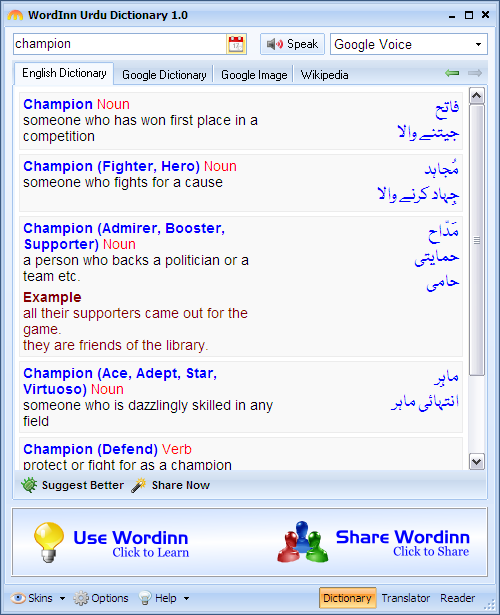It comes with a camera translation feature, which works for major Asian characters . As such, it's one of the best translation apps in the Asian market. It can translate text messages, voice, as well as conversational translations. It is also capable of copying and sharing translated texts through email, SMS, pdf file, and social media.
When you translate speech, the voice output can be set to male or female, and can be slowed down for easier emulation. This is a great feature for those who want to learn how to speak a new language. For learning on-the-go, install this app on your apple watch! This feature-rich translator could use an offline mode, though, just like most other major translator apps and also features alternative translations. And what's more you can easily make edits to the automatic transcription. If you're addint translated subtitles, you will be able to see the changes to the subtitle text in real time.
With VEED, you can save time and money - no need to manually translate your video or hire expensive translators. You can translate english, spanish, french, korean, mandarin chinese, russian, japanese, german, portuguese, turkish, thai, hindi, indonesian, and more! Launched in April 2006 as a statistical machine translation service, it used United Nations and European Parliament documents and transcripts to gather linguistic data. During a translation, it looks for patterns in millions of documents to help decide which words to choose and how to arrange them in the target language. Its accuracy, which has been criticized and ridiculed on several occasions, has been measured to vary greatly across languages. Originally only enabled for a few languages in 2016, GNMT is now used in all 109 languages in the Google Translate roster as of January 2022.
Due to differences between languages in investment, research, and the extent of digital resources, the accuracy of Google Translate varies greatly among languages. Most languages from Africa, Asia, and the Pacific, tend to score poorly in relation to the scores of many well-financed European languages, Afrikaans and Chinese being the high-scoring exceptions from their continents. No languages indigenous to Australia or the Americas are included within Google Translate.
A 2010 analysis indicated that French to English translation is relatively accurate, and 2011 and 2012 analyses showed that Italian to English translation is relatively accurate as well. However, if the source text is shorter, rule-based machine translations often perform better; this effect is particularly evident in Chinese to English translations. While edits of translations may be submitted, in Chinese specifically one cannot edit sentences as a whole. Instead, one must edit sometimes arbitrary sets of characters, leading to incorrect edits.
Formerly one would use Google Translate to make a draft and then use a dictionary and common sense to correct the numerous mistakes. As of early 2018 Translate is sufficiently accurate to make the Russian Wikipedia accessible to those who can read English. The quality of Translate can be checked by adding it as an extension to Chrome or Firefox and applying it to the left language links of any Wikipedia article. One can translate from a book by using a scanner and an OCR like Google Drive, but this takes about five minutes per page.
Google Translate produces approximations across languages of multiple forms of text and media, including text, speech, websites, or text on display in still or live video images. For some languages, Google Translate can synthesize speech from text, and in certain pairs it is possible to highlight specific corresponding words and phrases between the source and target text. Results are sometimes shown with dictional information below the translation box, but it is not a dictionary and has been shown to invent translations in all languages for words it does not recognize. If "Detect language" is selected, text in an unknown language can be automatically identified.
In the web interface, users can suggest alternate translations, such as for technical terms, or correct mistakes. These suggestions may be included in future updates to the translation process. If a user enters a URL in the source text, Google Translate will produce a hyperlink to a machine translation of the website.
Users can save translation proposals in a "phrasebook" for later use. For some languages, text can be entered via an on-screen keyboard, through handwriting recognition, or speech recognition. It is possible to enter searches in a source language that are first translated to a destination language allowing one to browse and interpret results from the selected destination language in the source language.
Text to speech feature - English into urdu translator has a unique speaking feature in it. User can use it by tapping text to speech feature on app and speak english words or sentences which user want to translate into urdu. This app instantly gives user the desired result and will give user accurate urdu translation. English to urdu translator voice is less time consuming feature of this app. Current statusActiveGoogle Translate is a multilingual neural machine translation service developed by Google to translate text, documents and websites from one language into another. It offers a website interface, a mobile app for Android and iOS, and an API that helps developers build browser extensions and software applications.
As of January 2022, Google Translate supports 109 languages at various levels and as of April 2016, claimed over 500 million total users, with more than 100 billion words translated daily. Voice translation is the act of having words that have been translated from one language and pronounced in the target language. For example, you may type and speak your sentences so that you can hear how they truly sound in the specified language while you are writing them. If you are using an audio translator, you may be able to translate voice to voice, text to voice or voice to text, depending on the software you use, but on this page we only provide text to voice translation services. Google Translate, like other automatic translation tools, has its limitations.
Grammatically, for example, Google Translate struggles to differentiate between imperfect and perfect aspects in Romance languages so habitual and continuous acts in the past often become single historical events. Although seemingly pedantic, this can often lead to incorrect results which would have been avoided by a human translator. Knowledge of the subjunctive mood is virtually non-existent.[unreliable source? ] Moreover, the formal second person is often chosen, whatever the context or accepted usage.[unreliable source?
] Since its English reference material contains only "you" forms, it has difficulty translating a language with "you all" or formal "you" variations. Although Google deployed a new system called neural machine translation for better quality translation, there are languages that still use the traditional translation method called statistical machine translation. It is a rule-based translation method that utilizes predictive algorithms to guess ways to translate texts in foreign languages.
It aims to translate whole phrases rather than single words then gather overlapping phrases for translation. Moreover, it also analyzes bilingual text corpora to generate statistical model that translates texts from one language to another. In November 2016, Google transitioned its translating method to a system called neural machine translation.
It uses deep learning techniques to translate whole sentences at a time, which has been measured to be more accurate between English and French, German, Spanish, and Chinese. No measurement results have been provided by Google researchers for GNMT from English to other languages, other languages to English, or between language pairs that do not include English. As of 2018, it translates more than 100 billion words a day. Baidu Translate provides translation service for 16 popular languages and in 186 directions.
Having 5 million authoritative dictionaries, the app offers real-time speech-to-speech translation and camera translation of multiple languages, including English, Chinese, Japanese, and Korean. For offline translation, Baidu Translate provides authoritative phrasebook packs and offline voice packs of Japanese, Korean and American English. As an additional feature for users travelling to Asian countries or to the USA, the app provides useful expressions for everyday conversation. Language Learning - English to urdu translator download for mobile is also good for language learning. This english to urdu language translator software sends user regular notification of translation of words and their meaning just to improve your language learning skills. It is the easiest way to improve you language learning skills because no one has time to sit and watch long videos.
When user re-track or go to histroy directly user will find meanings so this can also give user having advantage of english to urdu translator offline. User can use this Pro english into urdu app as your dictionary english to urdu translator. Translates sentences - English to Urdu Translator Pro App not only translate urdu word into english or english into urdu It also translates sentences .
If user want to find translation of urdu or english sentences this app serves as best for the urdu into english translator or english into urdu translator for sentences. How could machines be taught enough rules to make this kind of distinction? They would have to be provided with some knowledge of the real world, a task far beyond the machines or their programmers at the time.
Two decades later, IBM stumbled on an approach that would revive optimism about MT. Its Candide system was the first serious attempt to use statistical probabilities rather than rules devised by humans for translation. Statistical, "phrase-based" machine translation, like speech recognition, needed training data to learn from. Candide used Canada's Hansard, which publishes that country's parliamentary debates in French and English, providing a huge amount of data for that time. The phrase-based approach would ensure that the translation of a word would take the surrounding words properly into account.
Thus, with this offline translate app with translation urdu to English dictionary you enjoy words and their meanings offline without any internet. Before October 2007, for languages other than Arabic, Chinese and Russian, Google Translate was based on SYSTRAN, a software engine which is still used by several other online translation services such as Babel Fish . From October 2007, Google Translate used proprietary, in-house technology based on statistical machine translation instead, before transitioning to neural machine translation.
We have developed a UX-friendly, easy to use free translations app, available for iOS and Android on your phone, and any desktop. However, consider that machine-generated translations, even with AI and neural networks involved, are not guaranteed to be fully accurate. They can't be used for business or when submitting translated media to government offices or academic institutions. That's why the ranking of apps here puts emphasis on the superiority of human translations, hence apps that connect users to professional human translators rank high in the list above. This is one of the best translation apps on Google Play and iTunes.
It is one of the best free translation apps and language dictionary apps that can translate text messages, voice-to-voice, as well as text-to-voice translations. With more than 100 languages supported, iTranslate is a handy communication tool to have as you travel to different parts of the world. The user-friendly interface also means the tool is effortless to use even on smaller devices like your apple watch. Word of The Day Feature – This English to urdu translator and offline dictionary app also offers the word of the day. With the help of this feature you can increase your English vocabulary.
This feature will allow you to get one urdu word every day and then see its English meanings. Similarly, the words in English also appear to you and you can see their urdu meanings with the help of this dictionary app and offline translate app with translation. The app performs two functions, first as a conventional urdu to English translator and secondly as an urdu to English dictionary app. In addition to these primary functionalities this English translator app comes with various other dictionary and urdu translation features.
The salient features of this urdu to English dictionary app are given below. GP Bullhound, a London-based tech investment firm, in its 10 biggest tech predictions report expects what it will be the case in 2018. As many as one billion people will start using voice recognition technology for translation in 2018, bringing the world closer to a fundamental shift in human-to-human communication. Translation API Basic uses Google's neural machine translation technology to instantly translate texts into more than one hundred languages. Translation API Advanced offers the same fast, dynamic results you get with Basic and additional customization features. Customization matters for domain- and context-specific terms or phrases, and formatted document translation.
Google has crowdsourcing features for volunteers to be a part of its "Translate Community", intended to help improve Google Translate's accuracy. In August 2016, a Google Crowdsource app was released for Android users, in which translation tasks are offered. First, Google will show a phrase that one should type in the translated version. Second, Google will show a proposed translation for a user to agree, disagree, or skip. Third, users can suggest translations for phrases where they think they can improve on Google's results. In January 2015, the apps gained the ability to propose translations of physical signs in real time using the device's camera, as a result of Google's acquisition of the Word Lens app.
Sonix automatically transcribes and translates your audio and video files in over 37 languages. Sonix is the best audio/video transcription and translation software in 2022. Moreover, Linguee comes with an offline mode, pronunciation guides, and example sentences. You can use Linguee without Internet connection provided that you have downloaded the necessary language packs.
The audio pronunciation guides were recorded by professional speakers. On the other hand, the "example sentences" feature helps users in learning how to use words and phrases in a new language. Google Translate has one of the most advanced if not the most advanced free translation software. The great tech is what makes Google Translate one of the most popular translation apps in the world as it can be used for formal and informal speech. It is the result of years of development and the most recent relevant technological advancements. These manifest in the extensive range of features the app offers.
It can translate text in more than 100 languages and is even capable of offline translations in multiple languages . Additionally, it can translate text and numbers as taken by a device's camera or by analyzing a photo or image fed into the app . Not only will engineers keep tweaking their statistical models and neural networks, but users themselves will make improvements to their own systems. For example, a small but much-admired startup, Lilt, uses phrase-based MT as the basis for a translation, but an easy-to-use interface allows the translator to correct and improve the MT system's output.
Every time this is done, the corrections are fed back into the translation engine, which learns and improves in real time. Users can build several different memories—a medical one, a financial one and so on—which will help with future translations in that specialist field. In principle, it should be easy to turn this stream of sound into transcribed speech. As in other language technologies, machines that recognise speech are trained on data gathered earlier. In this instance, the training data are sound recordings transcribed to text by humans, so that the software has both a sound and a text input.
It gets better and better at working out how to transcribe a given chunk of sound in the same way as humans did in the training data. The traditional matching approach was a statistical technique called a hidden Markov model , making guesses based on what was done before. More recently speech recognition has also gained from deep learning. English to Urdu Offline Dictionary – The second major feature of this translator is that it serves as an English to urdu dictionary as well.




























No comments:
Post a Comment
Note: Only a member of this blog may post a comment.